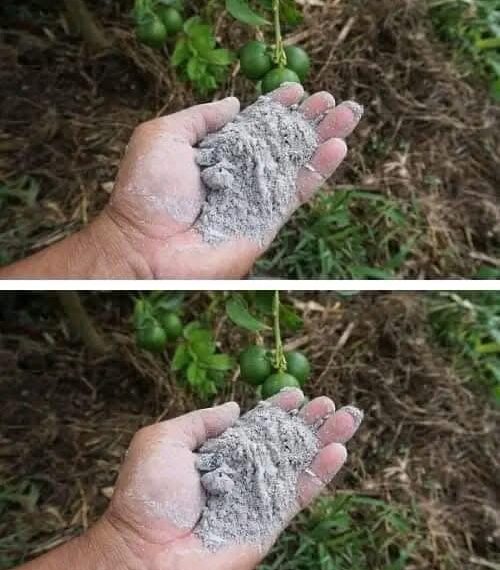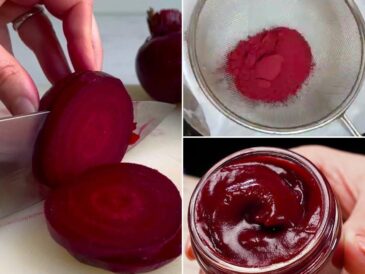Powdered fertilizers are a popular choice for gardeners and farmers because they are easy to store, transport, and apply. They can be synthetic or organic and come in various formulations to target specific nutrient needs. Here’s a closer look at the different types and their uses:
Primary Nutrient Fertilizers
These fertilizers provide the essential macronutrients plants need in large quantities: nitrogen (N), phosphorus (P), and potassium (K). They are often labeled with an N-P-K ratio (e.g., 10-20-10).
Nitrogen-Rich Fertilizers
Purpose: Promote leafy, vegetative growth. Essential for plants like lettuce, spinach, and grasses.
Examples:
Urea (46-0-0): A highly concentrated nitrogen source. Ammonium sulfate (21-0-0): Supplies nitrogen and sulfur. Calcium nitrate: Provides nitrogen along with calcium for healthy cell development.
Application: Best applied early in the growing season or when plants show signs of nitrogen deficiency (e.g., yellowing leaves).
Phosphorus-Based Fertilizers
To continue reading the article please see page 2




